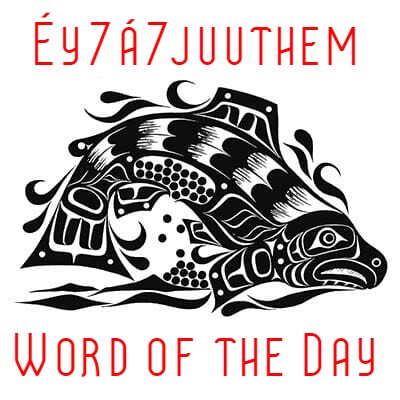
The BC CDC has launched an interactive map showing high-risk areas for ticks in the province.
The BC CDC has launched an interactive map showing high-risk areas for ticks in the province.
That risk is most prevalent on the eastern side of Vancouver Island, on the Sunshine Coast, and in the Lower Mainland.
In British Columbia, some Western black-legged ticks carry a bacteria that causes Lyme disease. That bacteria gets transferred to the recipient when the tick burrows its head into the skin, draws bloods, spits some back out, then falls off the body.
Lyme disease can lead to long-term health complications for people and pets.
Those can include chronic symptoms like arthritis, as well as neurological symptoms or heart symptoms, according to Muhammad Morshed, a clinical microbiologist at the BC Centre for Disease Control Public Health Laboratory.
Morshed says there is currently no vaccine for Lyme disease in Canada.
There used to be a vaccine, but it was discontinued by the manufacturer in 2002 due to low demand.
Canada's Ministry of Health says it's looking into new types of vaccines for the illness.
Morshed believes it's just a "matter of time" before a vaccine is introduced in Canada.
The best defense for ticks is coverage, including long pants, long sleeve shirts and high boots.
If you do find a tick on you or your pet, experts say get it off the body right away and monitor the area in case a rash begins.
If you have any symptoms, you should go to your physician and get medication if needed.
If left untreated and if that tick was infected with the bacteria, it could lead to long-term health problems.

 Comox Valley RCMP Say Teenager Found Safe, But Seeking 53-Year Old Missing Man
Comox Valley RCMP Say Teenager Found Safe, But Seeking 53-Year Old Missing Man
 Communities To Celebrate Victoria Day This Weekend
Communities To Celebrate Victoria Day This Weekend
 A Lot To Enjoy At The Comox Air Show This Weekend
A Lot To Enjoy At The Comox Air Show This Weekend
 Road Closure On 1st Street In Courtenay Today
Road Closure On 1st Street In Courtenay Today
 Historic Haida Aboriginal Title Legislation Receives Royal Assent
Historic Haida Aboriginal Title Legislation Receives Royal Assent
